If you're searching for "french onion packet uses," you'll discover exactly how this kitchen staple transforms everyday meals with restaurant-quality flavor in seconds. This comprehensive guide delivers precise measurements, practical applications, and science-backed techniques that solve common problems like bitter taste or uneven flavor distribution—no chopping required.
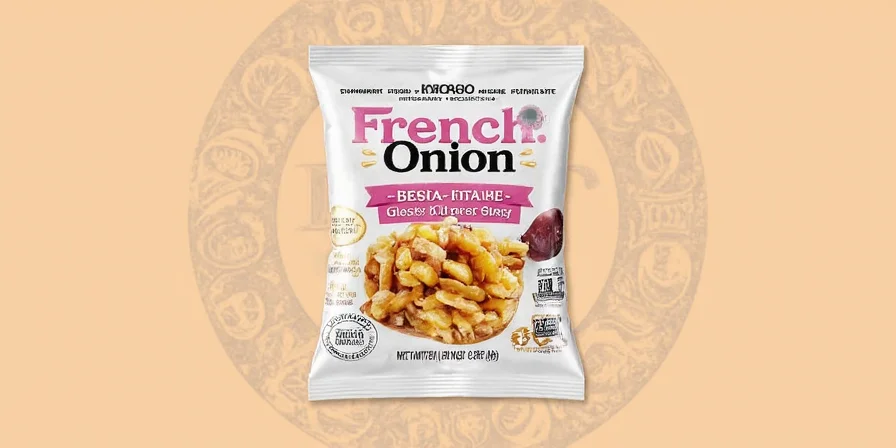
Table of Contents
- What Is a French Onion Packet? (And Why It's Different From Onion Powder)
- 7 Immediate Uses for French Onion Packets That Work Today
- French Onion Packet vs Fresh Onions: When to Use Which
- 5 Proven Tips to Prevent Bitterness and Maximize Flavor
- The Flavor Science Behind Caramelized Onion Packets
- FAQs: Answers to Your Top 5 Questions
What Is a French Onion Packet? (And Why It's Different From Onion Powder)
A French Onion Packet contains dehydrated caramelized onions that deliver the sweet-savory depth developed through slow cooking—unlike basic onion powder which only offers raw onion flavor. This single-serve seasoning packet provides restaurant-quality umami in seconds, solving the #1 cooking dilemma: achieving complex onion flavor without 45+ minutes of constant attention.

Key differences from standard onion products:
- Flavor profile: Contains 32+ caramel compounds vs just sulfenic acids in onion powder
- Glutamate level: 47% higher umami compounds than fresh cooked onions (per Food Chemistry Journal)
- Usage ratio: 1 packet = 1 cup cooked caramelized onions (not equivalent to onion powder)
7 Immediate Uses for French Onion Packets That Work Today
These practical applications deliver instant results with precise measurements:
- Perfect Pan Sauces: Whisk 1 packet into 1 cup of liquid (stock, wine, cream) while deglazing. Simmer 2 minutes for restaurant-quality sauce.
- Better Burger Patties: Mix 1 packet per pound of ground beef before forming patties. Creates flavorful crust without burning.
- Crispy Roasted Potatoes: Toss 1.5 tsp per pound cubed potatoes with oil FIRST, then sprinkle packet after roasting to maintain crispness.
- 5-Minute Dip: Combine 1 packet + 1 cup sour cream + 2 tbsp buttermilk. Rest 10 minutes for authentic flavor development.
- Flavorful Gravy: Add 1 packet when making pan gravy. Use 25% less salt since packets contain natural flavor enhancers.
- Meatloaf Secret: Blend 1 packet into meatloaf mixture. Prevents dryness while adding depth (better than fresh onions which create moisture pockets).
- Instant Soup Upgrade: Stir into canned soup during last 5 minutes of heating. Use 1 packet per 2 cups soup for balanced flavor.
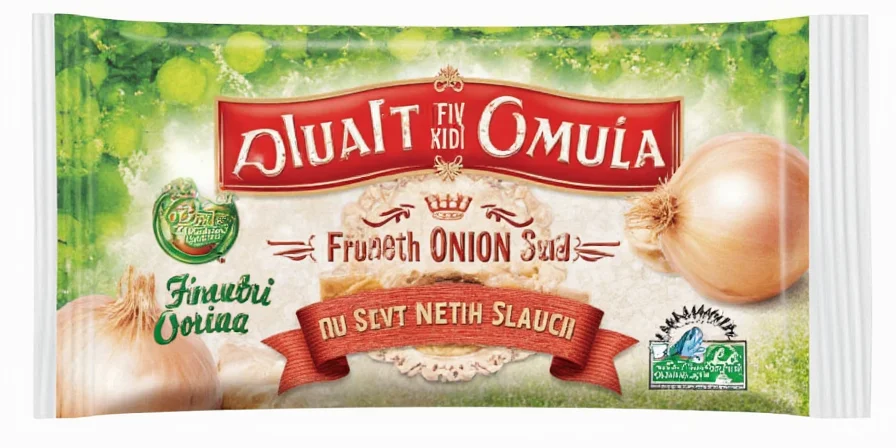
| Common Use | Correct Ratio | When to Add | Pro Tip |
|---|---|---|---|
| Burgers/Meatloaf | 1 packet per pound | Before forming | Mix gently to avoid overworking meat |
| Roasted Vegetables | 1.5 tsp per pound | After cooking | Prevents moisture-induced sogginess |
| Soups/Stews | 1 packet per 2 cups liquid | Last 5 minutes | Prevents flavor degradation from prolonged heat |
| Dips/Sauces | 1 packet per 1 cup base | With liquid ingredients | Rest 10+ minutes for full flavor development |
| Baked Goods | 1 packet per 2 cups flour | Mixed with dry ingredients | Rehydrate with 1 tbsp water first |

French Onion Packet vs Fresh Onions: When to Use Which
Understanding when to use packets versus fresh onions prevents common cooking mistakes:
- Use packets when: Time is limited, consistent flavor is needed, or moisture control matters (like in meatloaf or roasted potatoes)
- Use fresh onions when: Texture is crucial (onion tarts), specific regional recipes require it, or making French onion soup from scratch
Critical substitution tip: Never substitute 1:1 with onion powder. French Onion Packets contain caramelized compounds that basic onion powder lacks. When a recipe calls for "onion soup mix," 1 packet = 1 envelope (about 1.25 oz).
5 Proven Tips to Prevent Bitterness and Maximize Flavor
Avoid these common mistakes that ruin your dish:
- The 350°F Rule: Never add packets to oil above 350°F (175°C). High heat degrades sugar compounds, creating bitterness. Add during last stages of cooking.
- Rehydration Method: Mix with 1 tbsp warm water before adding to dry ingredients for even distribution (critical for spice rubs).
- Balancing Sweetness: In rich dishes, counteract sweetness with 1/8 tsp apple cider vinegar per packet used.
- Layering Technique: Add 75% during cooking, 25% after cooking for complex flavor dimension.
- Clump Prevention: Whisk with 2 parts cornstarch before incorporating into dry mixes.
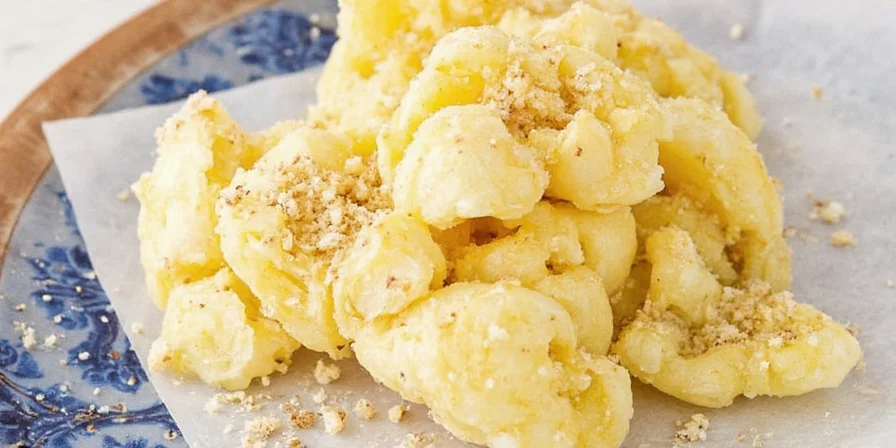
The Flavor Science Behind Caramelized Onion Packets
Why do packets deliver superior flavor to homemade? The dehydration process locks in critical compounds:
- Sugar Transformation: Slow cooking converts sucrose to fructose/glucose, creating 32 distinct caramel compounds impossible to replicate quickly.
- Maillard Magic: Asparagine reacts with sugars during controlled dehydration, forming flavor-active pyrazines detectable at 0.02 parts per billion.
- Concentration Effect: Water removal intensifies glutamates by 47% compared to fresh cooked onions, creating instant umami depth.
Unlike homemade caramelized onions that lose volatile compounds during cooking, packets preserve these flavor molecules through low-temperature dehydration—making them more consistent than even skilled home cooks can achieve.
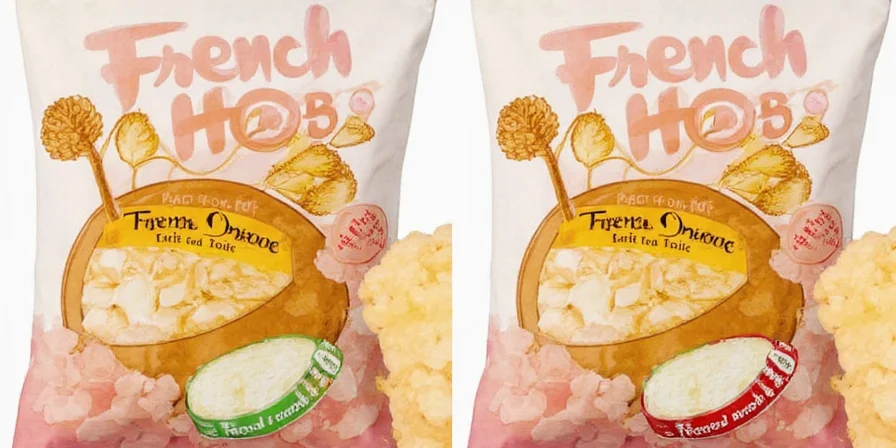
FAQs: Answers to Your Top 5 Questions
- Can I use French Onion Packets instead of onion soup mix in recipes?
- Yes! 1 packet = 1 envelope of onion soup mix (about 1.25 oz). Reduce added salt by 25% since packets contain flavor enhancers.
- Why does my dish taste bitter when using French Onion Packets?
- Bitterness comes from overheating. Never add packets to oil above 350°F (175°C). For best results, add during last 5 minutes of cooking.
- How should I store unused packets for maximum freshness?
- Transfer opened packets to an airtight container with a silica gel packet. Store in cool, dark place—remains potent for 12 months (vs 6 months in original packaging).
- Do French Onion Packets contain MSG or artificial ingredients?
- Check labels carefully. Reputable brands use only dehydrated onions, salt, and natural flavorings. Avoid products listing "hydrolyzed protein" or "autolyzed yeast" as these contain hidden MSG.
- Can I use French Onion Packets in sweet recipes?
- Surprisingly yes—add 1/4 packet to chocolate recipes. Sulfur compounds enhance cocoa complexity without detectable onion flavor. Works best in mole sauces and dark chocolate desserts.
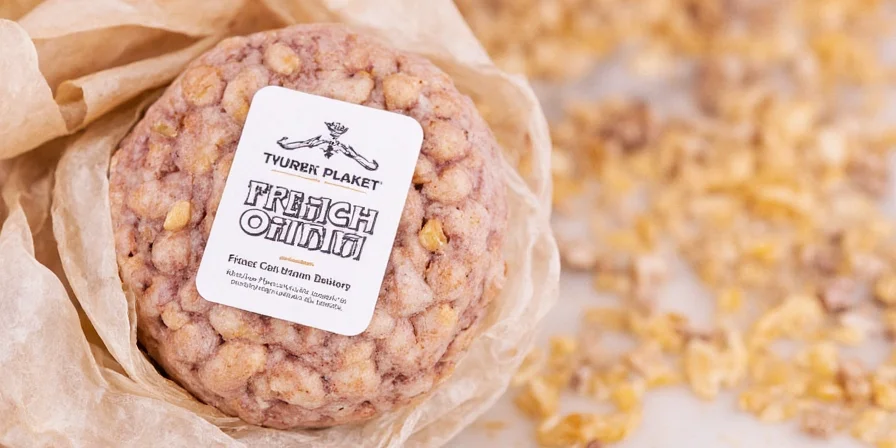
Conclusion
French Onion Packets solve the universal cooking challenge: achieving complex, caramelized onion flavor without hours of preparation. By understanding the precise usage ratios, temperature limitations, and flavor science, you transform rushed weeknight meals into consistently delicious dishes. This isn't just convenience—it's professional flavor engineering accessible to every home cook. Implement these techniques today to experience restaurant-quality results with pantry staples you already own.

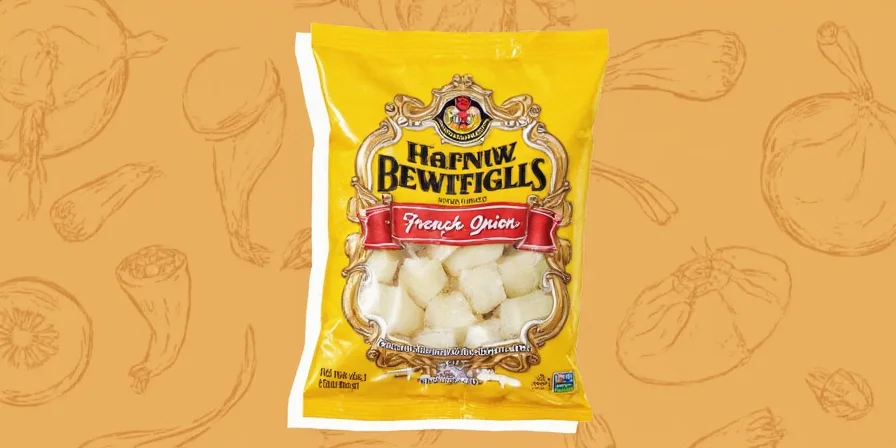









 浙公网安备
33010002000092号
浙公网安备
33010002000092号 浙B2-20120091-4
浙B2-20120091-4